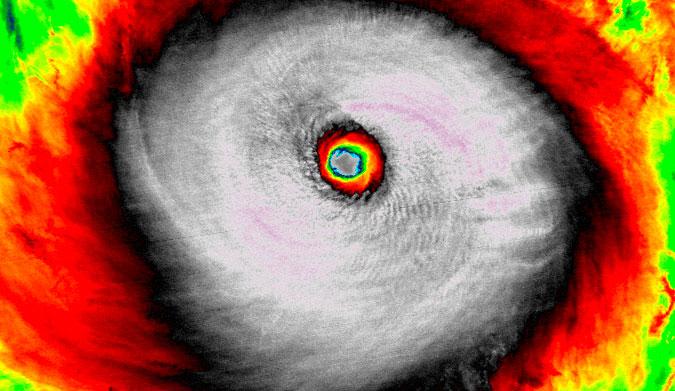It’s hard to believe! It was 43 years ago that I put my head underwater and first saw the Great Barrier Reef. I was a lot younger and very naive. Lots of years working for the Government changed both of those facts.
My proudest day was when I reported for work as the Queensland Government’s first Great Barrier Reef biologist. I had helped in a small way to get the first marine park in the U.S.A. going through my friendship with John Pennekamp of the “Miami Herald”. Now I was going to do it again; but a lot ‘bigger and better’.
I spent thousands of hours surveying the deep blue water and even more trying to stay afloat in a sea of bureaucratic nonsense and inefficiency. The reef sharks were far less territorial than the politicians and certainly less dangerous.
No sooner had the Queensland state government started declaring Marine Parks than the Federal Government passed new laws and took them away. Apparently conservation worked better when the departments were larger. Either way I was happy; the Great Barrier Reef was the best in the world and I was working on it.
The Great Barrier Reef is globally ‘outstanding’. Never in the Earth’s history has such a variety of life lived in a single environment. It and its inhabitants are colorful and fascinating beyond belief. Practically the entire ecosystem was inscribed as World Heritage in 1981; covering an area of 348,000 square kilometers it includes some 2,500 individual reefs and over 900 islands. To date there are over 1,500 species of fish, about 400 species of coral, 4,000 species of mollusk, and some 240 species of birds and there is much to be discovered.
Tragically, the passing years brought environmental changes. Some were easy to see but a huge advertising budget kept telling us that The Great Barrier Reef Marine Park Authority (GBRMPA) established in 1975 was doing a great job. Australia led the world in reef management; we were all very lucky to have it.
But the Great Barrier Reef wasn’t looking so ‘great’ and in May, 2013 more than 150 Australian and international scientists signed a letter on the eve of the World Heritage meeting in Cambodia calling for urgent action to halt the reef’s destruction.
Incredibly, the Great Barrier Reef will be listed as a threatened ecosystem by the United Nations from June next year unless the government follows a series of recommendations to protect it, the World Heritage Committee decided.
The committee largely stood by a report it released in May, which noted “concern” over the “limited progress” in halting coastal development and other environmental threats. Of the 23 priority issues identified for the reef, Australia had addressed only seven, the officials told the meeting.
The meeting’s concern over the diminishing “water quality” was amended only after the government pledged $200m in the May budget for a “Reef Rescue Program”. This will target the enormous agricultural chemical runoff from coastal farming. The government has also produced, as the committee requested, an updated “scorecard” on the reef.
The rest of UNESCO’s draft report findings were passed at the Cambodia meeting. The federal government is on notice that the Great Barrier Reef will join the “in danger” list of 37 sites around the globe at its next annual meeting if improvements are not made.
This is a tragedy of global proportions. Once the World’s greatest reef took the premier position on the World Heritage listings. In a little over one generation, within my own lifetime, we have managed to put at risk our greatest treasure.
The question is how did this happen. I’ll look at what went wrong in my next post.




